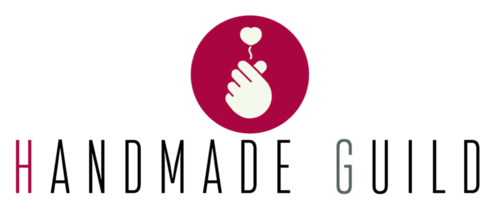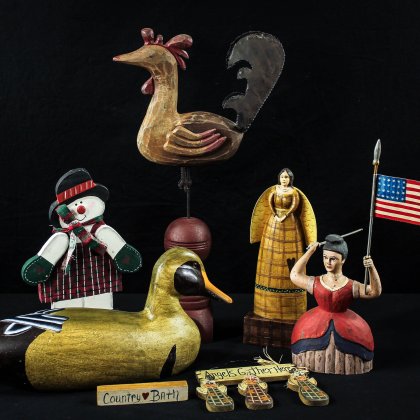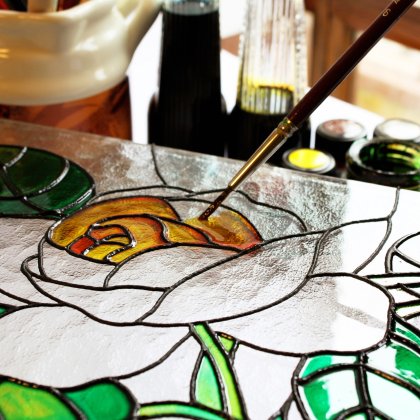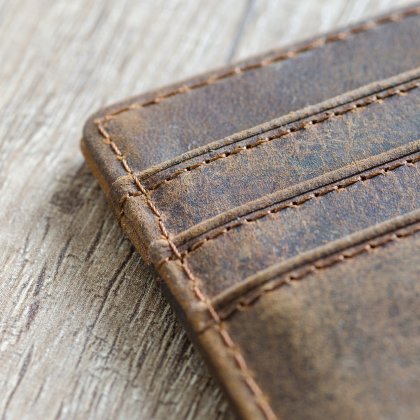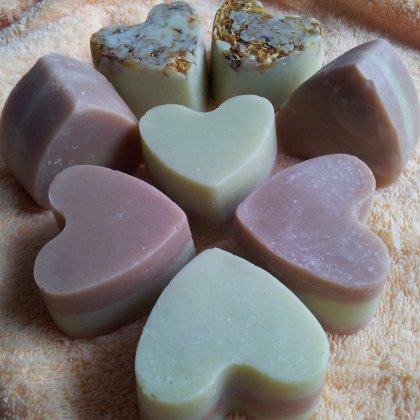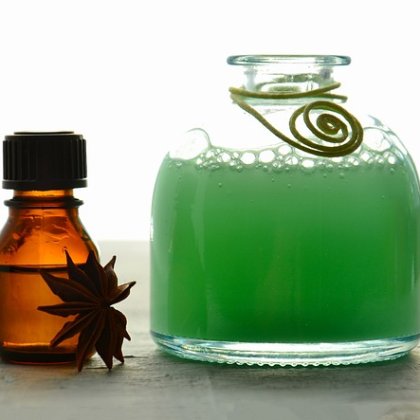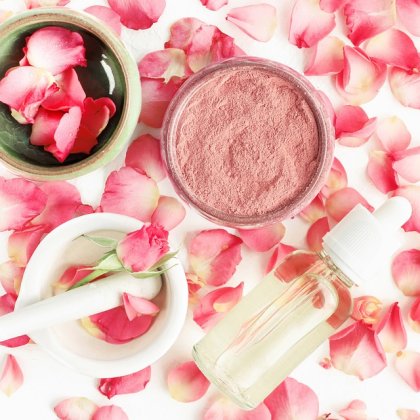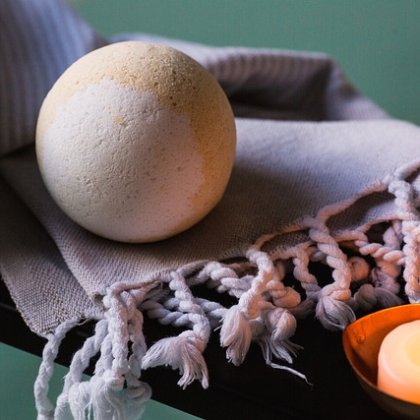5 tips to writing handmade product descriptions
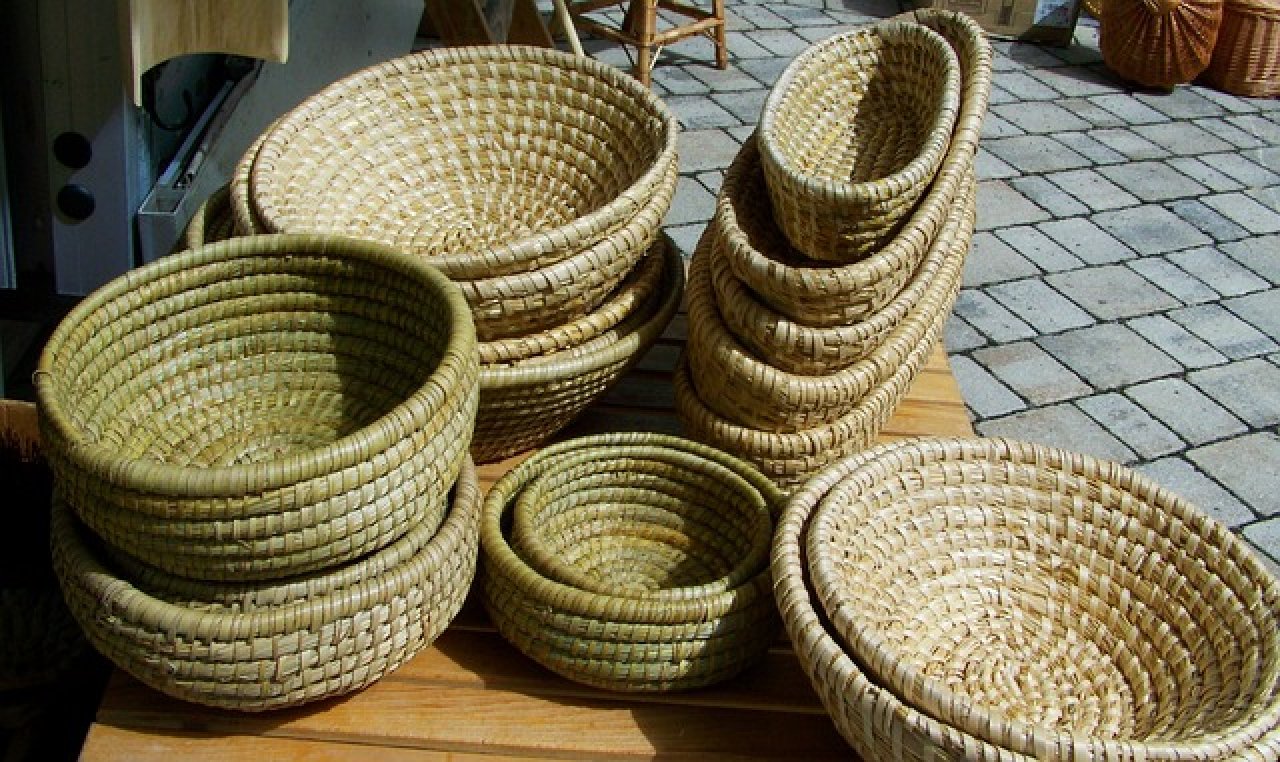
TIP #1 - Keeping it simple
Don’t over-complicate the language you use – keep things simple. First, keep your sentences short.
Second, don’t try to use adjectives that are so fancy no one really uses them in real life just to try to sound good. I know that sometimes when we go from talking to writing, we want to fancy up a little bit. The truth is, it will just make it harder to connect with your potential customers who are just like you and me – regular people using regular words.
-------------------
TIP #2 - Benefits, not just the features of your product
Talk about the benefits of your product and not just about the features. Yes, people do need to know what size your item is, but it’s really not what’s going to hook them in and make them want to purchase.
At the end of the day, what can this product do for them?
The fact that it’s “all natural lotion” is great, but it’s not telling me what it does for me. Instead, I want to know that it’s highly moisturizing or what makes it all natural.
If you’re selling some sort of handmade basket you might be thinking “well that’s not going to work for me” but that’s not true. Yes, I need to know that this basket is made from what type of wood, was it made using recycled materials, etc. but really what I want to know is that “this handmade basket is a perfect addition to any room and makes a perfect gift for a home decor gift”. That is why we add in our adding a product page, where you can give a detailed description as well as materials used.
Benefits work because they take your potential customer from “interested” to “involved” as they start picturing themselves using the product – and that’s a great transition to Tip #3…
-------------------
TIP #3 Tell a story
Stories sell. If you can make a customer feel like they’re using your product and feeling better because of it, you’ve won half the battle.
Back to our handmade basket example. If it’s summer, I want to know that it’s: “Perfect for holding your vegetables or even those beautiful flowers you picked from the garden”.
For let’s say a lotion, tell me a story that “this moisturing lotion is perfect for anytime of the day but great for when you've had a hard day working outside and need to soften and moisturize the skin and have your skin feeling silky smooth”.
Try to paint a picture of how your customer would be using this product. I’ve told you a story here, but I still managed to let you know that this lotion is skin softening and moisturizing. By telling you why this lotion is perfect for your skin I’ve not only told you that the product is moisturizing but also how it’s going to make you feel (which is awesome because your skin is going to be all soft and moisturized). Really think about how you want your customer to feel and try to show that through a story.
-------------------
TIP #4 Avoid generic phrases
Let me give you 2 examples of what I mean by generic phrases:
- saying something is of “great quality”. It’s not persuasive, maybe even the contrary, because that’s what you read on websites like Alibaba. If it’s great quality, why don’t just show them it is instead of telling them? Instead of “great quality” use actual benefits like “genuine leather” or “100% pure organic essential oils”. Describing why something is of “great quality” is much more effective than stating it as people can read between the lines.
- saying something is “luxurious”. If your products and brand are luxurious, you shouldn’t need to state it in your product description. It should scream “luxurious” from everywhere: from your branding to your product photography, to the style of your items, to your pricing strategy. Just as with “great quality”, it has a little bit of the opposite effect of what you want, and it’s making people think: “is it? Then why are you saying that… Just show me that it is luxurious”.
Now that your visitors are hooked, it’s time to get to the nitty gritty – those features and details we put aside at first. It’s time to think about any question someone interested in buying your product could have… and answer it.
The trick is to make it easy to read or skim through if they’re not interested. The best way to do that is to use titles and to break it down into sections like CARE, CUSTOMIZATION, SHIPPING, etc. So if they want to know if this lotion can be done in a different color then they are only going to read the customization paragraph. If they want to know how long it takes to ship to Australia – hello! – then they’re going to read the shipping paragraph, etc.
There you have it! Product description that hooks your ideal customers, answers all of their questions and helps you make sales. I hope it was helpful.
